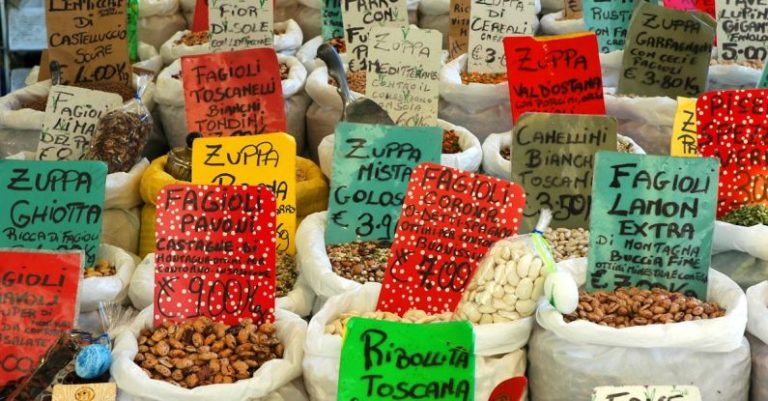The Traditional Tea Houses of Kyoto, Japan
Nestled amidst the serene streets and ancient temples of Kyoto, Japan, lie the enchanting traditional tea houses that have been an integral part of Japanese culture for centuries. Steeped in history and tradition, these tea houses offer a glimpse into a bygone era, where time slows down, and the art of tea ceremony takes center stage. Let’s delve into the captivating world of the traditional tea houses of Kyoto and discover the allure and significance they hold in Japanese society.
**The Art of Tea Ceremony**
At the heart of the traditional tea houses of Kyoto lies the revered art of tea ceremony, known as “chanoyu” or “sado.” Rooted in Zen Buddhism, the tea ceremony is a ritualistic practice that embodies harmony, respect, purity, and tranquility. The intricate choreography of the ceremony, from the precise movements of the host to the elegant utensils used, is a testament to the meticulous attention to detail and mindfulness that defines Japanese aesthetics.
**Architectural Splendor**
The architecture of Kyoto’s traditional tea houses is a harmonious blend of simplicity and sophistication. Constructed using natural materials such as wood, bamboo, and paper, these tea houses exude a sense of rustic elegance that transports visitors to a bygone era. The design of the tea houses is carefully curated to create a tranquil and meditative atmosphere, with sliding doors, tatami mat floors, and minimalist decor enhancing the sense of serenity and contemplation.
**Tea Gardens**
In addition to the tea houses themselves, Kyoto is also home to exquisite tea gardens that serve as the perfect backdrop for the tea ceremony. These meticulously landscaped gardens are designed to evoke the beauty of nature and provide a tranquil setting for tea enthusiasts to immerse themselves in the ritual. From carefully pruned bonsai trees to serene rock formations and babbling streams, the tea gardens of Kyoto are a testament to the Japanese appreciation for the natural world.
**Cultural Significance**
The traditional tea houses of Kyoto play a vital role in preserving and passing down the rich cultural heritage of Japan. Through the practice of tea ceremony, individuals have the opportunity to connect with traditional values, such as humility, harmony, and mindfulness, that are deeply ingrained in Japanese society. The tea houses serve as living museums, where the traditions of the past are kept alive through the meticulous practice of the tea ceremony.
**A Taste of Tradition**
Visiting a traditional tea house in Kyoto is not just about experiencing the art of tea ceremony; it is also an opportunity to savor the flavors of traditional Japanese sweets and matcha tea. These delicacies are carefully selected to complement the bitter notes of the matcha and provide a sweet contrast to the ritualistic nature of the tea ceremony. The act of enjoying these treats in a traditional tea house adds an extra layer of authenticity to the experience, allowing visitors to fully immerse themselves in the world of Japanese tea culture.
**Preservation and Innovation**
While the traditional tea houses of Kyoto are steeped in history and tradition, they are also evolving to meet the needs of modern society. Many tea houses now offer workshops and classes for visitors to learn about the art of tea ceremony and try their hand at preparing matcha. This blending of tradition and innovation ensures that the cultural significance of the tea houses continues to thrive in the contemporary world, attracting a new generation of tea enthusiasts who seek to connect with Japan’s rich cultural heritage.
**Embracing Tranquility**
In a fast-paced world filled with distractions and noise, the traditional tea houses of Kyoto offer a sanctuary of tranquility and mindfulness. Stepping into these serene spaces, visitors are invited to slow down, appreciate the beauty of simplicity, and cultivate a sense of inner peace. The art of tea ceremony, with its emphasis on presence and mindfulness, serves as a gentle reminder to savor the moment and find beauty in the everyday rituals of life.
**In Closing**
The traditional tea houses of Kyoto stand as timeless monuments to Japan’s rich cultural heritage and artistic traditions. Through the practice of tea ceremony, these enchanting spaces offer a window into a world where beauty, harmony, and tranquility reign supreme. Whether you are a tea enthusiast, a culture aficionado, or simply seeking a moment of serenity, a visit to a traditional tea house in Kyoto is sure to leave a lasting impression and a deeper appreciation for the art of tea and the enduring legacy of Japanese culture.






